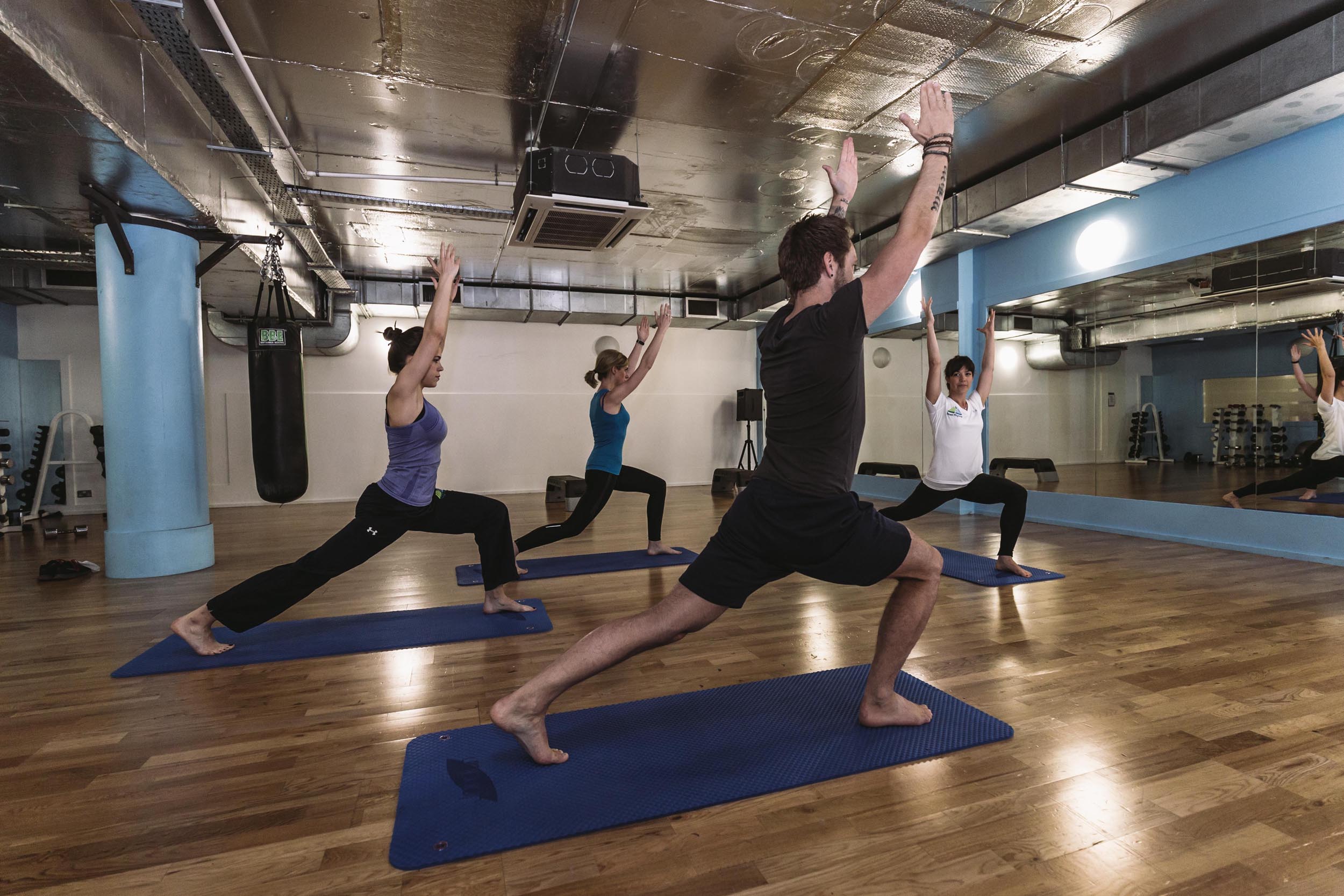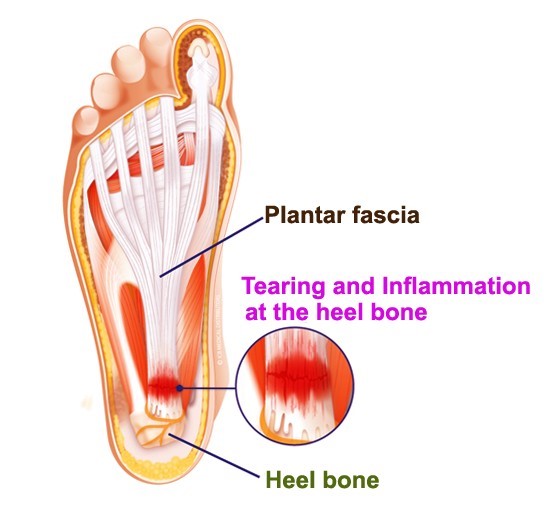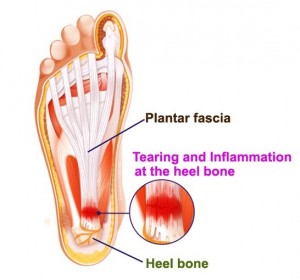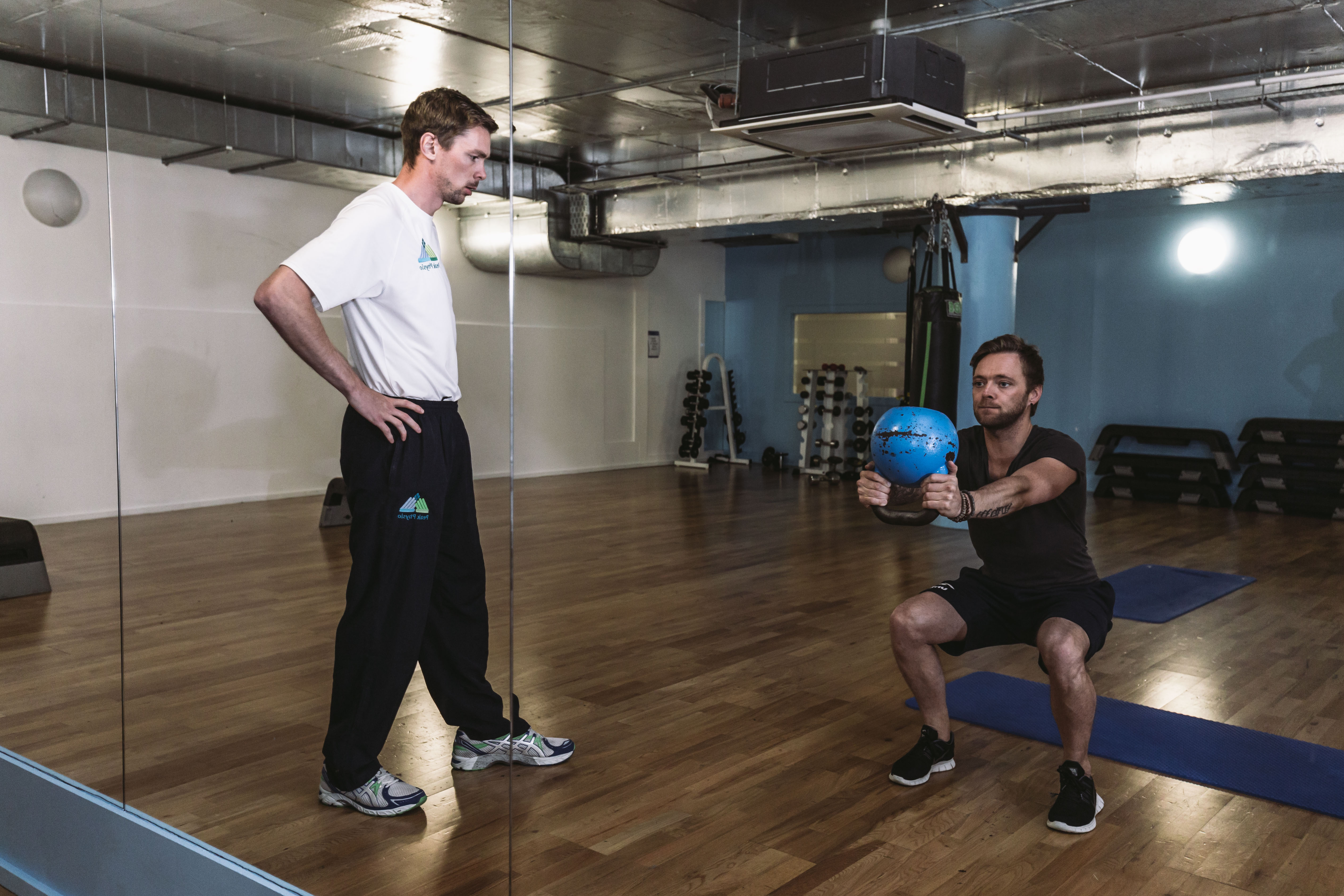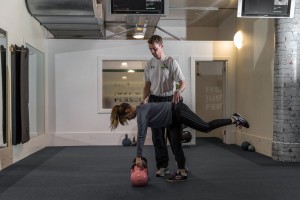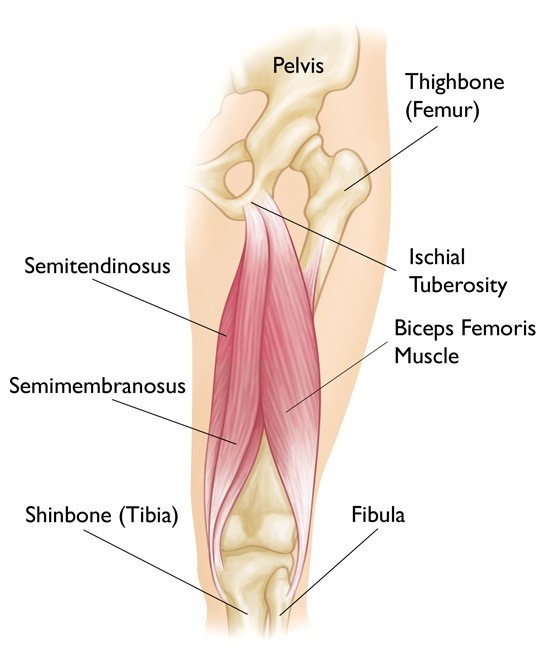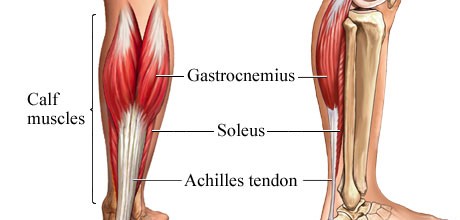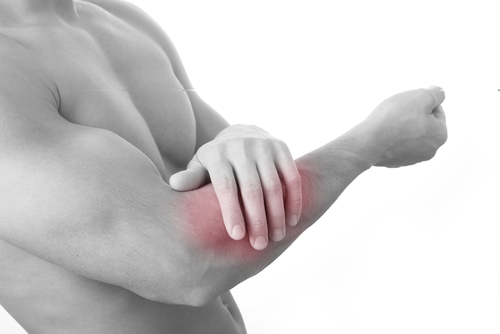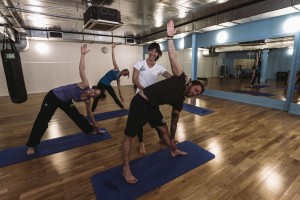
This is one of the most common thoughts when considering trying out yoga classes and one of the most untrue. If your flexibility is lacking, then you’re exactly the person who SHOULD be doing yoga. The ability to contort yourself into wild and wonderful postures is not a pre-requisite for either participating in or enjoying a yoga class. In fact, contrary to popular belief, complicated, twisty, and extreme postures are not the majority in yoga. Yoga is for everyone, and everyone can do it.
read more
